
Agriculture
January 17, 2024
Compartment Bag Test (CBT) Kit
Read SolutionImplemented by
Aquagenx
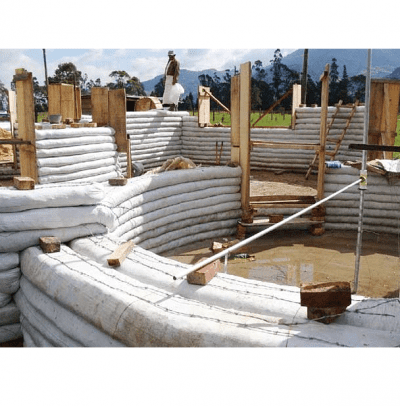
Updated on February 29, 2024
·Created on June 7, 2016
Earthbag, also known as superadobe or soilbag, is a structural construction material used in natural building that requires easily found resources. It is mainly made of polymer bags (burlap sack) filled with soil, that is, a mixture of clay, silt, and san
Earthbag construction is a construction material that is both strong and can promote quickly building. It is a natural building technique that evolved from historic military bunker construction techniques and temporary flood-control dike building methods. The technique requires very basic construction materials: sturdy sacks, filled with inorganic material usually available on site. Standard earthbag fill material has internal stability. Either moist subsoil that contains enough clay to become cohesive when tamped or angular gravel or crushed volcanic rock is used. (Sandbag structures with sand fills are an alternative technology and require very different construction details). Walls are gradually built up by laying the bags in courses — forming a staggered pattern similar to bricklaying.
Target users are Any person, community, or organization that wants to construct a low-cost and low-impact structure out of a easily available material: soil.
Target SDGs
SDG 11: Sustainable Cities and Communities
SDG 12: Responsible Consumption and Production
Market Suggested Retail Price
$16.00
Target Users (Target Impact Group)
Household, Community, NGOs
Distributors / Implementing Organizations
Varies. While some organizations have marketed and commercialized earthen bag construction manuals and equipment, others have been developing free construction manuals.
Competitive Landscape
Direct competitors include Bottle Bricks and AECT Impact 2001A Compressed Earth Block Machine.
Regions
Worldwide
Manufacturing/Building Method
Earthbag as a construction material has been used all over the world in different countries and several construction sites. Specially, in low-income regions and post disaster affected areas. The earth used in the bags and the rubble for the foundation can be locally found. Polypropylene bags, barbed wire, rebar, sand and cement have to be purchased.
Intellectural Property Type
Patent
User Provision Model
Users can obtain this product by constructing it themselves. Some organizations like CalEarth and Good Earth Global commercialize earthbags construction manuals, equipment, and building designs. There are also other organizations that offer free construction manuals. Earthbag can be produced anywhere the necessary resources are available. These are basically bags (burlap or polypropylene sacks) and soil.
Distributions to Date Status
The exact number is unknown, however, earthbag construction material is a very widespread technique, used all around the globe.
Unit dimensions (cm)
The bag can have different sizes according to the project. For example, they can go in woven polypropylene bags of 46 cm x 76 cm
Primary materials
Polymer bags, sand
Complimentary materials
Clay, silt
Thermal Insulation Capacity
Ranging from R-15 to R-25
Compressive Strength (MPa)
According to the structural analysis of earthbag developed by Nikul Vadgama (2010), for a vertically loaded earthbag the compressive strength is dependent upon the tensile strength of the bag material and the friction angle of the soil. However, the author points out some important guidelines that should be adopted when using this material, such as:
Finally, we can conclude that the vertical loads which an earthbag has to resist in a one storey house are unlikely to reach the vertical load capacity of the earthbag.
Suitable Climates
Dry, Tropical, Moderate
Design Specifications
Earthbag construction is made by filling polymer bags with locally available earth. Even though local earth is used, it's very important to ensure the correct soil mixture to allow the earth to be compacted as it is tamped inside the bags. Stabilizers such as lime or portland cement can also be added to improve the resistance of construction. The bags are generally made from polypropylene because it is a strong, durable, and semi-permeable material. The filled bags are laid in their desired form and each layer is tamped before laying the next layer. Barbed wire is placed between the layers to hold the bags at the proper position, and prevent the wall to get out of plumb. There are several online resources that give very detailed instructions on how to build earthbag constructions.
Technical Support
The building can be maintained by local labour with Earth Building construction experience.
Replacement Components
N/A
Lifecycle
Built and maintained properly, an Earthbag building should stand for centuries
Manufacturer Specified Performance Parameters
There are many different manufacturers of earthbag constructions in the market. But, in general, earthbag is commonly described as an low-cost and low-impact technology with great thermal insulation and earthquake resistance.
Vetted Performance Status
Tests results available in the studies provided by testing organizations are related to soil mixtures used, this is, there are a wide range of results using different mixtures. As every soil is different from place to place the most important part of construction is to find the correct soil mixture. Besides that, tests concluded that earthbags have a much lower lateral strength than compressive strength, while seismic resistance is to be tested even if it suggests that earthbags have great resistance to earthquakes.
Safety
Builders should wear appropriate protective equipment such as hardhats, gloves and safety glasses while working to protect against physical injury commonly associated with heavy construction. Earth bag construction does not require the operation of any large machinery.
Complementary Technical Systems
On exposed walls, many suggest to use a protective topcoat, embed tile or pebbles in earth plaster, use lime plaster or cement plaster on sandy earthbag fill.
Academic Research and References
Canadell, S., Blanco, A., Cavalaro, S. H.P., 2016, Comprehensive design method for earthbag and superadobe structures, Materials & Design. V. 96, Pages 270-282
Croft, C., 2011, Structural resistance of earthbag housing subject to horizontal loading. Master’s thesis, The University of Bath.
Daigle, B., 2008, Earthbag housing: structural behavior and applicability in developing countries. Master’s thesis, Queen’s University, Canada.
Kaki H, and Kiffmeyer D. (2004). Earthbag Building: The Tools, Tricks and Techniques (1st Edition). British Columbia, Canada: New Society Publishers.
Malik, A., 2013, Structural analysis of earthbag systems. Master’s thesis, Thayer School of Engineering at Dartmouth.
Tantono, S. F. (2008). The mechanical behavior of a soilbag under vertical compression . Master’s Thesis, Technischen Universität Graz, Graz, Austria.
Vadgama, N., 2010, A Material and Structural Analysis of Earthbag Housing. Dissertation (M.Eng.). University of Bath, Department of Architecture and Civil Engineering.
Zhaoa, Z. Lub, Q. Jiangc, X. , 2015, An Energy Efficient Building System Using Natural Resources–Superadobe System Research. Procedia Engineering Volume 121, Pages 1179-1185
Trigo Salas, A., 2015, Estudio del comportamiento estructural de construcciones de tierra:La técnica constructiva Earthbag, Universitat Politècnica de Catalunya
Stouter, P., Soil Tests for Earthbags Page 11
Compliance with regulations
None
Evaluation methods
Earthbag are mostly tested by compression strength, lateral load tests and soil mixture (clay, sand, gravel) parameters.
Other Information
This video gives general information about earthbag construction: Cal-Earth Sustainable Architecture

Agriculture
January 17, 2024
Implemented by
Aquagenx
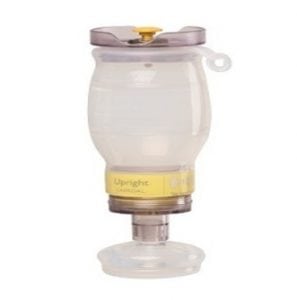
Agriculture
November 22, 2023
Implemented by
Laerdal Global Health
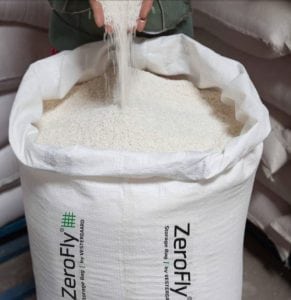
Agriculture
February 5, 2024
Implemented by
Vestergaard

Agriculture
September 27, 2024
Implemented by
Teheca Limited
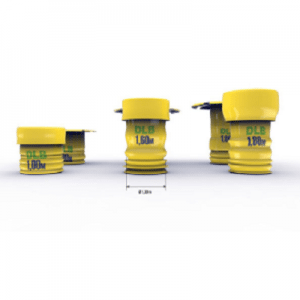
Agriculture
December 19, 2023
Implemented by
Aqua-Aero WaterSystems BV (AAWS)
Agriculture
February 26, 2024
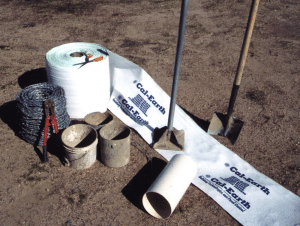
Agriculture
February 27, 2024
Implemented by
California Institute of Earth Architecture (CalEarth)
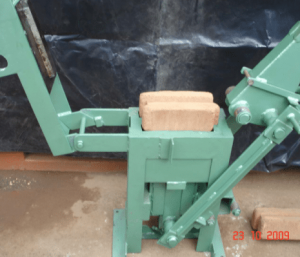
Agriculture
March 4, 2024
Implemented by
Makiga Engineering Services LTD

Agriculture
March 13, 2024
Implemented by
Watershed Materials
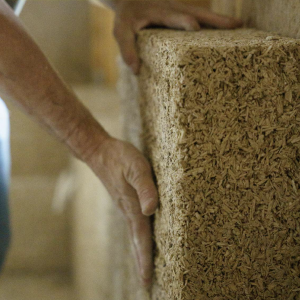
Agriculture
March 14, 2024
Implemented by
Hempitecture Inc.
Have thoughts on how we can improve?
Give Us Feedback